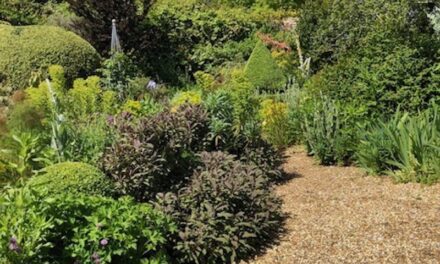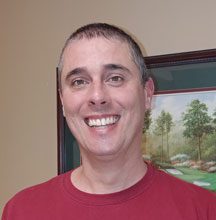The Parsley or Carrot family is very large (about 466 genera and 3820 species) and diverse including some of our favorite foods, herbs, and flowers. While they are rarely trees or shrubs, these annual and perennial herbs are cosmopolitan – found everywhere, and especially in northern temperate zones. They are aromatic and culinary like dill, fennel, and coriander, and there are a few that are deadly poisonous.
Moisture is another common thread in the family, and many genera grow in ditches, bogs, and on streambanks. The coastal plain is rich in plant diversity and home to many native species. While their scientific names may not roll off your tongue (and when they change, they are often unpronounceable) the common names have a real familiarity. Names are often descriptive and may include references to animals, mythology, the Bible, as well as the leaves, roots, or flowers.
Because plants were used to treat certain conditions there are also references in herbal medicine to the supposed benefit or bane that could be expected.
Cooking wouldn’t be the same without these foods and herbs:
Dill – Early settlers brought dill to North America. It was called “meeting seed” because children were given seeds to chew on during long sermons. Leaves, flowers, and seeds are used for pickles, soups, stews, and salads. They are lovely in flower arrangements and hosts to swallowtail butterflies. Small insects visit the flowers for pollen and nectar. Grow it as an annual and try different varieties for interest and flavor.
Celery – This is another plant given to small children especially teething infants or smeared with peanut butter and raisins known as “ants on a log”. The volatile oils in celery stalks, leaves, and seeds give distinctive cooked flavor and the crunch is great in salads or garnishes.
Coriander – The seed of cilantro, coriander, has been used for over 3,000 years. It is mentioned in the Bible, Sanskrit, and Egyptian writings. Brought to Europe by the Romans it has been used as a love potion, and cilantro leaves, stems, and roots are eaten in Eastern and Western cuisines.
Fennel –All parts of the fennel plant are edible. The bulbs can be sliced or grated on salads and sandwiches or roasted as a root vegetable. The feathery foliage is host to swallowtails, and both the green and bronze types are excellent pollinator plants. The flat-topped flower umbels make a suitable landing platform for insects to gather pollen and nectar.
Parsley – The Greeks and Romans used the stems and leaves as garlands to crown victors. Besides the flavor it loaded with vitamins and served as an antiseptic dressing, poultice, breath freshener, and companion to roses. Both flat and curly parsley excel as garnishes and in arrangements. They are easy to grow from seed, and you should plant extra for the butterflies.
Beware not all umbelliferous flowers are benign! Hemlock is a very poisonous relative and may enjoy some of the same wet habitats of other native members of the Apiaceae family. Two genera are found in the coastal plain of South Carolina. The native Cicuta maculata (Water hemlock, cowbane) has white flowers and grows in ditches and seeps. Introduced from Europe, Conium maculatum (Poison Hemlock) is probably the one used by Socrates.
Stay tuned for more useful and ornamental parsleys, parsnips, rattlesnake masters, banes, and dropwort’s native to the South Carolina Lowcountry. (To be continued.)









